Okinawa housing is more than just a tropical getaway; it’s an increasingly popular choice for those looking to relocate, invest in property, or enjoy a more relaxed lifestyle compared to Japan’s mainland cities. With beautiful beaches, a slower pace of life, and more affordable housing options, Okinawa appeals to both locals and foreigners seeking quality living at lower costs.
This guide covers everything you need to know about Okinawa housing, including rental options, property prices, and how affordability compares with larger cities like Tokyo or Osaka.
Types of Housing in Okinawa
Okinawa’s housing landscape blends local tradition with modern convenience, offering a range of options suitable for different lifestyles. Whether you’re relocating from the mainland or moving from abroad, you’ll find housing types that match both your needs and your budget:
- Standalone houses: Perfect for families or long-term residents, these homes often include outdoor space, parking, and are located in quiet neighbourhoods.
- Apartment units (mansion-style): Found mainly in city areas like Naha and Okinawa City, these typically feature 2LDK or 3LDK layouts and offer good access to shops, schools, and transport.
- Foreign-friendly rentals (off-base housing): Designed to accommodate the preferences of U.S. military personnel and international tenants, these properties usually include larger kitchens, Western-style bathrooms, and may come furnished.
Compared to Tokyo’s dense urban zones, suburban Okinawa offers more generous floor space and better pricing, an attractive feature for those seeking comfort and cost-efficiency in daily living.
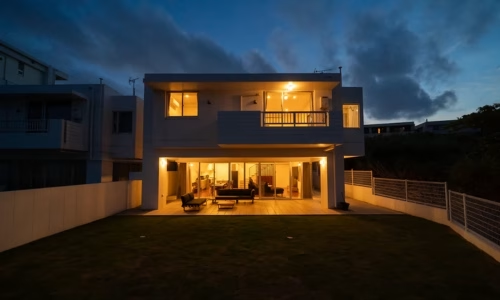
Renting a Home in Okinawa
If buying isn’t in your plans yet, renting an apartment in Okinawa is a simple and accessible option. Many properties come fully furnished and often include on-site parking, which adds convenience, especially if you own a car. Rental contracts generally follow the same structure as elsewhere in Japan, with a few Okinawa-specific perks:
- Security deposit (shikikin): Usually equivalent to 1–2 months’ rent and refundable upon move-out, minus any damage or cleaning fees.
- Key money (reikin): Often waived in Okinawa, making initial costs lower than in cities like Tokyo or Osaka.
- Agent fee: Typically equal to one month’s rent, paid to the real estate agency handling the rental.
- Contract renewal: Most leases require renewal every 1 to 2 years, sometimes with a small renewal fee.
Thanks to lower upfront costs and furnished options, Okinawa can be a practical and affordable place to rent, whether you’re staying short-term or settling in for the long haul.
Average Monthly Rent in 2025
Rental prices in Okinawa are noticeably more affordable than in major cities like Tokyo, making it an appealing choice for those on a modest budget or earning an average Japanese income. This gives you an overview of typical prices:
- Naha City: For a 1LDK apartment, monthly rent typically ranges from ¥55,000 to ¥80,000.
- Okinawa City & Chatan: Slightly more affordable, with prices around ¥45,000 to ¥70,000.
- Rural areas: In the countryside, you can find older houses for as low as ¥30,000 per month.
In contrast, renting a 1LDK in central Tokyo often starts at ¥130,000 or more, not including utilities or fees. This significant price difference makes Okinawa a practical and budget-friendly option, especially for those looking for more space, a slower pace of life, or greater savings without compromising on quality of living.
Buying Property in Okinawa
Foreigners are legally allowed to buy land and property in Japan, including in Okinawa, with no restrictions on ownership. Whether you’re looking for a vacation home or a permanent residence, here’s a basic outline of the buying process:
- Work with a licensed real estate agent: Choose an agent experienced in working with international buyers. Some specialize in Okinawa properties and offer bilingual support.
- Sign a purchase agreement: Once you’ve chosen a property, you’ll sign a formal contract (売買契約書) and typically pay a deposit (about 5–10% of the purchase price).
- Cover additional costs: Expect to pay taxes and legal fees totaling around 6–10% of the property’s price. This includes registration tax, stamp duty, judicial scrivener fees, and agent commissions.
- Register the property: The final step is to register your ownership with the local Legal Affairs Bureau. This makes the purchase official and ensures legal protection.
With clear steps and no citizenship requirement, buying property in Okinawa is entirely possible for foreign nationals, with the right guidance and preparation.
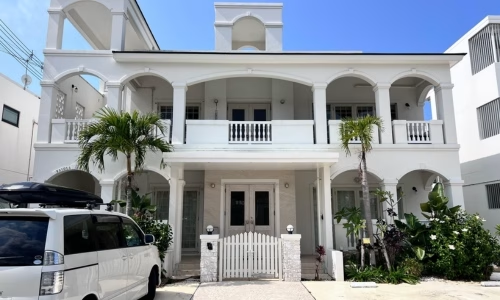
Average Home Prices in Okinawa (2025)
Property prices in Okinawa are significantly more affordable than in central Tokyo, making the region an attractive option for buyers seeking value without sacrificing lifestyle. Take a look at the usual breakdown:
- New condominiums in Naha: Priced between ¥35 million and ¥50 million, offering modern amenities in the heart of the city.
- Detached houses in Chatan or Ginowan: Typically range from ¥28 million to ¥45 million, often with more space and parking, ideal for families.
- Older rural homes: In quieter, less urbanized areas, you can find properties for as little as ¥10 million to ¥25 million, though some may require renovation.
In comparison, condos in central Tokyo often start above ¥75 million, with many reaching ¥100 million or more, placing them out of reach for the average household. For those earning close to the median income in Japan, Okinawa’s property market provides a far more accessible path to homeownership.
Best Places to Live in Okinawa
Okinawa offers a diverse range of living environments, each suited to different needs, lifestyles, and income levels. Whether you’re earning a typical middle-class salary in Japan or have more financial flexibility, there’s a location that can fit your goals:
- Naha City: As the capital of Okinawa, Naha provides all the essentials, urban infrastructure, reliable public transportation, hospitals, and shopping malls, perfect for those who enjoy city life with island flair.
- Chatan Town: Known for its coastal charm and the popular American Village, Chatan is a favorite among expats and U.S. military families, offering a more international, resort-like atmosphere.
- Okinawa City: A budget-friendly and family-oriented area, this city blends affordability with cultural diversity, making it ideal for long-term residents.
- Ginowan: This quiet, seaside town offers proximity to beaches, parks, and international schools, making it a great choice for families seeking a slower pace without being too far from urban convenience.
- Northern Okinawa: Lush, tranquil, and far from the crowds, the north is perfect for those seeking peaceful surroundings, whether for remote work, retirement, or a healthier lifestyle close to nature.
With a wide range of property options and cost of living well below that of Tokyo or Osaka, Okinawa provides a rare combination of affordability and quality of life, a compelling choice for both local and foreign residents.
Affordability and Daily Living Costs
Okinawa offers a cost of living advantage that sets it apart from major cities like Tokyo or Osaka, making it especially appealing for those seeking affordability without sacrificing quality of life. Here’s how it compares:
- Lower rent and property taxes: Whether you’re renting or buying, housing costs in Okinawa are significantly cheaper. Property taxes are also more manageable, helping reduce long-term expenses.
- Cheaper transportation: Unlike Tokyo, where daily train commutes can add up, many Okinawa residents rely on cars or buses, resulting in lower transportation costs overall.
- Affordable daily expenses: Utilities and groceries tend to be more budget-friendly, and access to fresh local produce and seafood helps keep food costs low.
In 2025, the median household income in Tokyo is estimated at around ¥7.5 – 8 million annually, while the national median salary hovers near ¥4.5 – 5 million. For individuals and families earning closer to the national average, such as young couples, freelancers, or retirees, Okinawa’s housing market offers much greater accessibility. With fewer financial pressures and a slower pace of life, Okinawa stands out as a smart, livable alternative to Japan’s bigger urban centers.
Tips for Foreigners Seeking Housing in Okinawa
If you’re planning to buy property in Okinawa as a foreigner, being well-prepared can make the process much smoother. Key suggestions to guide you:
- Work with a bilingual real estate agent: Choose an agent who has experience assisting international buyers. They can help navigate legal terms, paperwork, and cultural nuances with ease.
- Clarify your visa and job status: Lenders will typically review your visa type, length of stay, and employment history when evaluating mortgage eligibility. Honesty helps prevent unnecessary setbacks.
- Explore off-base housing options: If you’re military-affiliated or employed by a U.S.–Japan organization, consider properties outside base areas for more variety and potentially better prices.
- Understand zoning laws: Planning to renovate or invest in an older home? Make sure to check local zoning and land use rules, some areas may have restrictions that affect your plans.
- Use salary benchmarks to plan financing: Refer to standards like “what is a good salary in Japan” or regional income data to evaluate how much home you can realistically afford, and how much financing you may qualify for.
With the right guidance and financial awareness, buying a home in Okinawa can be a rewarding and accessible step toward long-term living in Japan.
Conclusion
If you’re searching for an affordable, relaxed, and culturally unique place to live in Japan, Okinawa housing deserves serious consideration. With significantly lower housing costs compared to Tokyo and flexible property types, it’s a smart choice for both renters and buyers.
Whether you’re earning a median wage in Japan, living on a typical Tokyo salary, or exploring alternatives outside the city, Okinawa housing offers a balance of lifestyle and value that’s hard to find elsewhere in the country.
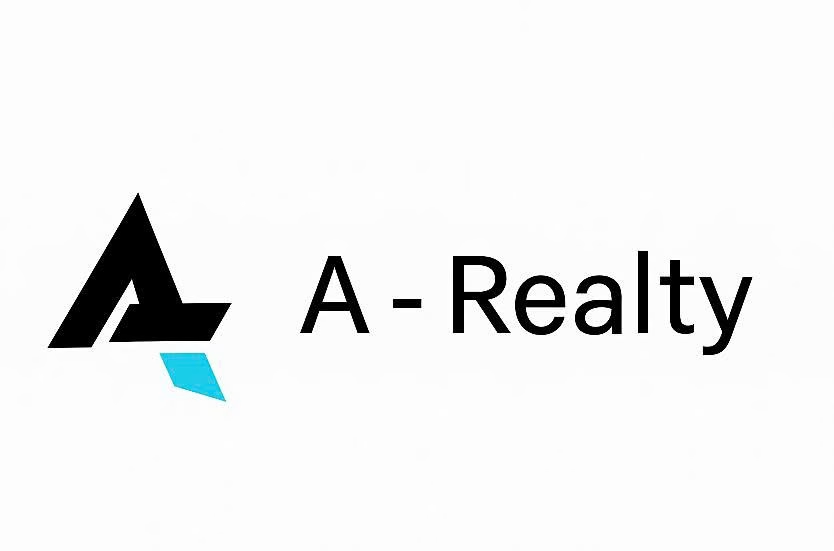


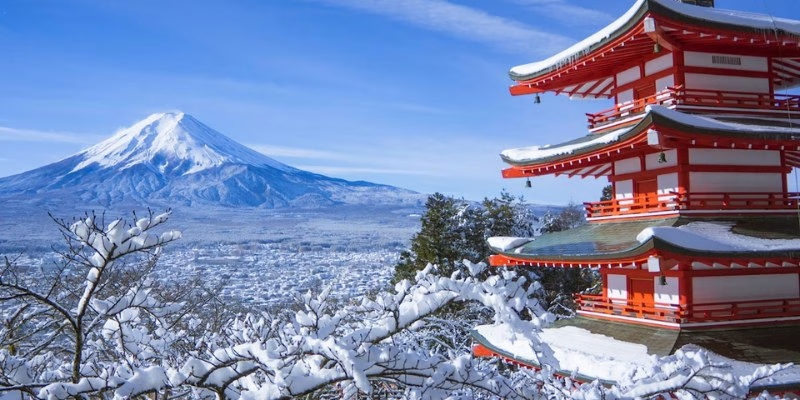
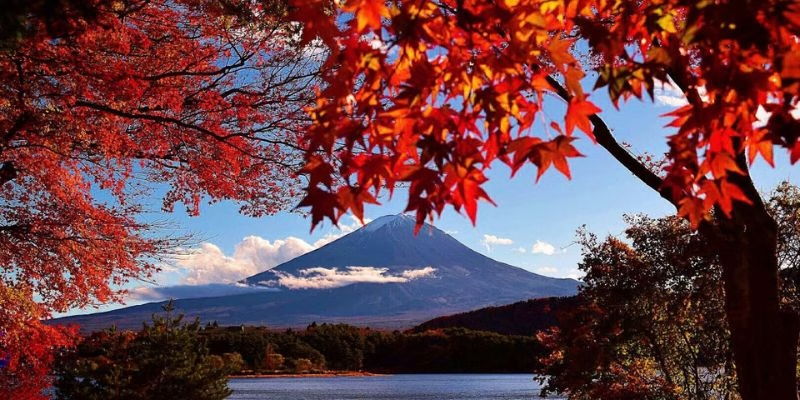

Leave a Reply